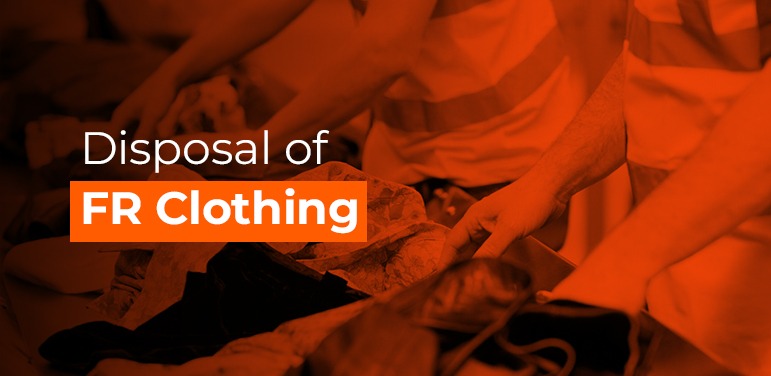Flame retardants (FRs) are used to increase the chances of survival against fire or flame by limiting its propagation. FRs in textiles are used irrespective of product type for reducing their flammability, for instance, in baby clothing, pushchairs, car seats, upholstery, aprons, industrial and protective clothing.
Protective clothing segment, majorly produced out of cellulosic fibers and used in the safety of workers in various industrial applications, uses a durable flame-retardant finish that has a phosphorous based chemistry. The need for the finish to be durable requires additional FR chemical loading on to the textile. Inherent flame resistant (IFR) fibers are also used in protective clothing, but have comparatively lower volumes, due to their higher cost as compared to treated ones. These consist of clothing materials made from high-performance fibers like aramids, polyamides, modacrylics, etc.
Although the FR clothing products are needed to save human life, they might have some harmful effects on the environment. Scientific studies have shown that FRs in general are the reason for different kinds of environmental pollution, such as air, dust, surface water, drinking water, and waste-water pollution. An adequate amount of FRs has also been found in some fish species as well as in human breast milk. Meanwhile, many studies on the chemicals used to bring special fire safety attributes to textiles have shown links to health effects, from asthma to cancer.
With the advancement of scientific knowledge concerning environmental protection, many FR chemicals have already been banned, globally. Newer FR chemistries and high-performance fibers have reduced the chance and intensity of toxicity, but their impact in terms of chemical disposal in air, water and soil needs to be further studied. Excessive CO2 emissions during production of FR chemicals and high-performance fibers have a great impact on the environment.
FR clothing after its use is also a big liability. Use of landfill disposals for FR clothing pose various challenges like a few mentioned below:
- Leaching of FR chemical into the soil as the rainfall permeates underground to intoxicate the surface and groundwater.
- Non-biodegradability of high-performance fibers resulting in their presence for hundreds of years in a landfill.
- Methane gas generation in the landfill adds to heating up of the landfill.
- Incineration is a better option compared to landfill as it helps in energy recovery, but in case of FR clothing, the energy recovery is less. Also, production of harmful gases while incineration is a big challenge. Destruction of FR clothing by burning might not be a very wise idea.
Considering the above, the better alternative to the disposal of FR clothing is recycling them at the end of their life. Even though textile recycling is one of the oldest kinds of recycling techniques, the average rate of textile recycling is still very low. The rate of recycling is different from one country to another, depending on various factors such as recycling awareness and the infrastructure available.
In general, it is estimated that reuse of textile products directly or indirectly lowers the global warming potential by 15kgs CO2 equivalent per kg of textile. When using incineration as a means of disposal, the energy reduction in the Life Cycle Assessment (LCA) of textile is about 2 – 6% whereas reuse of textile decreases the energy consumption to a range of 20-60%.
Mechanical recycling of the textile is the most common and widespread method for recycling. Here the end-of-life clothing is shredded into fiber and converted to yarn via spinning operation. Currently, the recycling of FR clothing is very limited. Also, mechanical recycling of FR textiles may raise hazardous issues while sorting and processing each textile product in case of a chemically treated product. The use of multiple fibers in making FR fabric is also a hindrance in recycling, as the performance of the recycled product may be inconsistent. The fibers extracted from mechanical recycling are inferior and hence can only be used to make a slightly inferior quality of product.
Research and development in the field of FR clothing recycling is the need of the hour. Some important question to answer include:
- The hazardous effect of recycling FR treated cotton – its post-recovery application in flame retardant application and life of the recycled product.
- Performance consistency for recycled multi fiber blend FR fabrics.
- Dyeability and longevity of recycled FR clothing product.
At Tarasafe we are working to provide a sustainable solution for FRC recycling. We aim to develop low-cost simple technology to improve the recyclability of end-of-life FR clothing. Such an initiative will only be successful by awareness and co-operation within all stakeholders. A regulatory mechanism supporting an environment-friendly disposal and recycling system is also needed. The work is on and we expect to offer a viable product soon.
Stay tuned with our marketing teams for further updates on the recycled material.


Leave a Reply